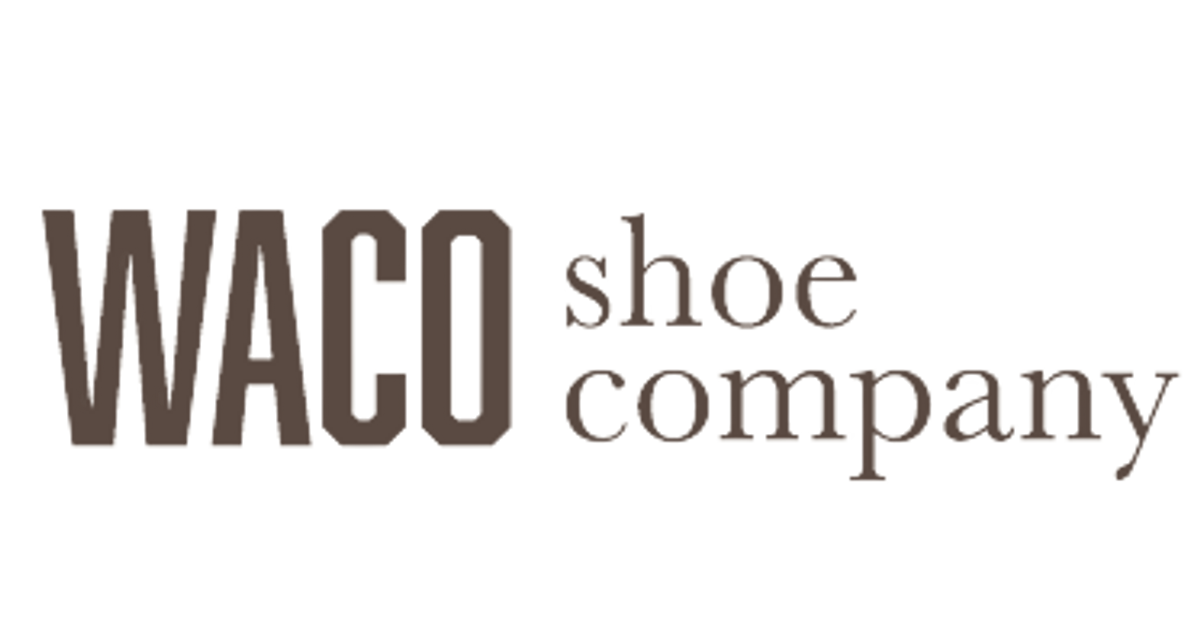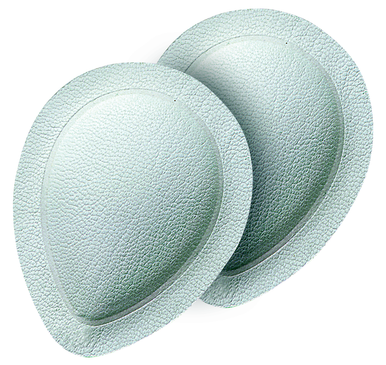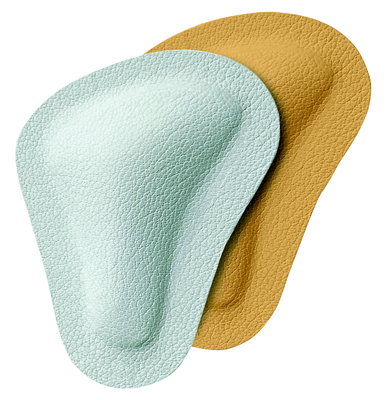I just wanted to post my success with morton's neuroma in hopes that others find it useful. Morton's neuroma is the thickening of the tissue around nerves leading to the toes. It is caused by wearing shoes and boots with narrow, pointed toes, i.e. practically every piece of footwear on the planet -- thanks a lot, stupid fashion industry. I developed a neuroma in my left foot at the end of the '19 season due to lots of days in my boots. Thankfully it happend at the end of the season, but it did kill any hopes for backcountry skiing that spring.
Neuromas are debilitating. When I first experienced mine, the sensation was like someone was cutting off a toe with a pair of scissors. I was walking in my yard in a pair of flip-flops. At the time I fully expected to look down to see a rattlesnake attached to my foot. It progressively got worse over a series of weeks to the point where walking was difficult and hiking, jumping, or any sporting activity was out of the question. I tried skiing once afterward, but the pain was excruciating anytime I got near the backseat.
I know some have success with surgery. Fortunately mine tempered down after several months of wearing metatarsal pads all the time. The placement of the pad is critical. It has to sit just behind the ball of the foot. It is not an arch support. In fact arch supports like inserts, footbeds, Birkenstocks sandals, Chaco sandals, etc. were of no help, and if anything, made symptoms worse. Metatarsal pads feel a little weird at first, but you get used to them. I've tried lots of footbeds; the ones I've had far and away the best success with are these made by a company in Poland, which I now use in all my shoes and boots:
To give my toes maximum freedom, I minimize time in shoes and wear these Sandals by Spenco:

 www.spencofootwear.com
www.spencofootwear.com
I find that the metatarsal support is needed nearly all the time. I even avoid walking barefoot for extended periods as that will bring back symptoms. But thankfully, that is all I've needed. Since I developed the neuroma, I've had two rocking ski seasons with no issues.
Perhaps metatarsal support is good prevention of neuromas? I only have the neuroma in my left foot, but I equally wear the pads on my right, which has remained perfectly happy. It might be something to consider...
Some shoe companies are moving away from pointed toes and are starting to sell natural foot shape shoes: Altra and others. Ski boot manufactures have been slow on the pickup, but it is encouraging that most are now talking about more room for toes and that narrow toe boxes doesn't lead to better performance. I had good luck this past season in a pair of K2 Recon 130 MVs and am looking forward to trying on new 2022 boots that are explicitly calling out redesigned toe boxes, Head Formula being one. (Others?)
Neuromas are debilitating. When I first experienced mine, the sensation was like someone was cutting off a toe with a pair of scissors. I was walking in my yard in a pair of flip-flops. At the time I fully expected to look down to see a rattlesnake attached to my foot. It progressively got worse over a series of weeks to the point where walking was difficult and hiking, jumping, or any sporting activity was out of the question. I tried skiing once afterward, but the pain was excruciating anytime I got near the backseat.
I know some have success with surgery. Fortunately mine tempered down after several months of wearing metatarsal pads all the time. The placement of the pad is critical. It has to sit just behind the ball of the foot. It is not an arch support. In fact arch supports like inserts, footbeds, Birkenstocks sandals, Chaco sandals, etc. were of no help, and if anything, made symptoms worse. Metatarsal pads feel a little weird at first, but you get used to them. I've tried lots of footbeds; the ones I've had far and away the best success with are these made by a company in Poland, which I now use in all my shoes and boots:
To give my toes maximum freedom, I minimize time in shoes and wear these Sandals by Spenco:

Men's Sandals
I find that the metatarsal support is needed nearly all the time. I even avoid walking barefoot for extended periods as that will bring back symptoms. But thankfully, that is all I've needed. Since I developed the neuroma, I've had two rocking ski seasons with no issues.
Perhaps metatarsal support is good prevention of neuromas? I only have the neuroma in my left foot, but I equally wear the pads on my right, which has remained perfectly happy. It might be something to consider...
Some shoe companies are moving away from pointed toes and are starting to sell natural foot shape shoes: Altra and others. Ski boot manufactures have been slow on the pickup, but it is encouraging that most are now talking about more room for toes and that narrow toe boxes doesn't lead to better performance. I had good luck this past season in a pair of K2 Recon 130 MVs and am looking forward to trying on new 2022 boots that are explicitly calling out redesigned toe boxes, Head Formula being one. (Others?)












